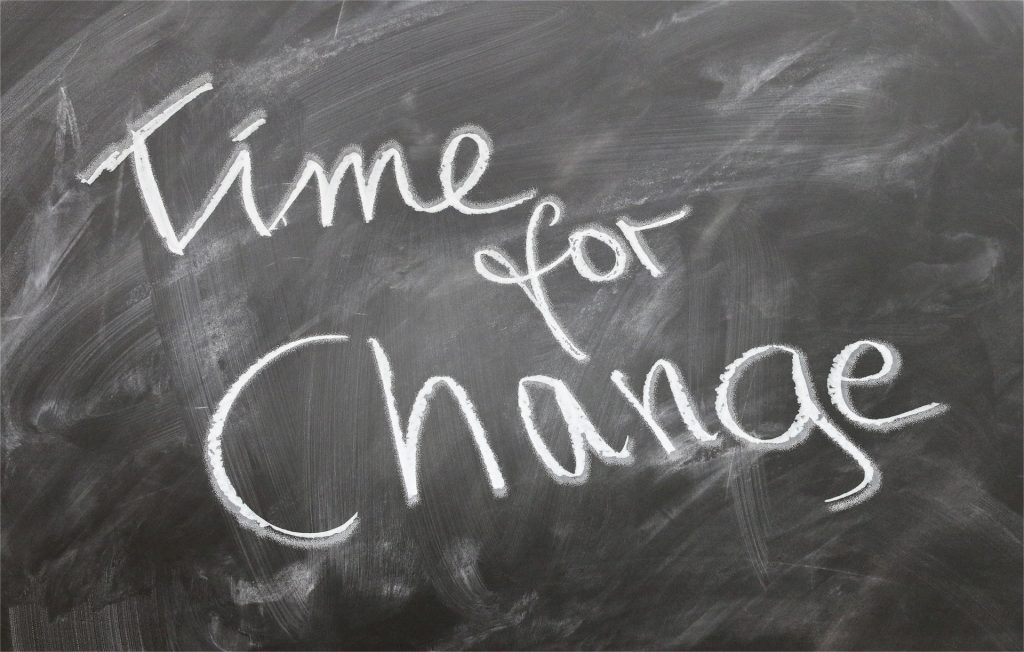
“If you think you can do a thing or think you can’t do a thing, you’re right.”
… Henry Ford (1863-1947) US Businessman
There are always two aspects to any change experience regardless of whether it is at an individual, group or organisational level. The first is the things that change and the second aspect is the story associated with that change. Indeed, this is not just about change but life in general. There are the actions and things that happen and then there is our story about them. In the ontological work this is known as ‘phenomenon’ and ‘story’.
This can be seen as the difference between the facts, which are things we believe to be true, and interpretation, which are what those facts mean to us.
Although these two go hand in hand, those seeking to create change almost always don’t deal coherently with both of these aspects, tending to favour one over the other.
For example, think of our politicians who spend so much time and energy spinning their story yet seem to neglect that many of their actions are inconsistent with their words. It seems over time, we are becoming more and more disenchanted with our political leaders and much of it stems from this focus on selling a story they cannot hope to turn in action and the declared outcomes that never come to pass.
On the other hand, organisations go through change all the time and generally put their emphasis on the process of change. They seem to pay little attention to building a coherent narrative of why the change is necessary for all involved, what it will be and how it will be implemented. Many organisational leaders seem largely incapable of creating an overarching shared narrative of what the organisation is about and what it is seeking to achieve.
There is a simple model, known as the ‘story action cycle‘, that allows us to see how this could work better. We all have a story about how the world is for us. This story includes what we believe we are capable of doing and the possibilities available to us. As Henry Ford so eloquently put it, “If you think you can do a thing or think you can’t do a thing, you’re right.” The actions we take are a direct result of our story of the situation and our capability to deal with it. As we tend to take the actions we think we are limited to taking, this reinforces our story and so the cycle continues and nothing much changes.
When it comes to change, we are seeking to break that cycle. Whether it is a group change or and individual change, we have to find a way to redefine our story of what is possible and then take the action required to develop and maintain a new narrative.
Good coaches have known about the connection between story and action for a long time. We are not only helping people take more effective action, above all we are helping them develop more useful stories about themselves and what is possible.
I invite you to take a look at your organisation and see how much effort they put into developing a narrative that is consistent with the actions being taken, particularly when it comes to major change situations. Think about how you could do this better. It may well help you bring forth the change needed in this dynamic world.
Related Concepts